Cash flow in construction
Contents |
[edit] Introduction
In general terms, 'cash flow' is the movement of income into and expenditure out of a business (or other entity) over time. If more money is coming into the business than is going out of it, cash flow is said to be 'positive'. If more money is going out, this is negative cash flow.
In construction, however, the term 'cash flow' typically refers to an analysis of when costs will be incurred and how much they will amount to during the life of a project.
Predicting cash flow is important in order to ensure that an appropriate level of funding is in place and that suitable draw-down facilities are available.
[edit] Client cash flow
Until the main contractor has been appointed, client cash flow projections are likely to be based only on agreed fee payment schedules for consultants and a simple division of the construction cost over the likely construction period (or perhaps an allocation of construction cost over an s-curve distribution). It is only when the main contractor is appointed, a master programme prepared and some form of payment schedule agreed that cash flow projections become reliable.
Cash flow projections may be affected by the need for the early purchase of long-lead time items or by items that the client may wish to purchase that are outside of the main contract (such as furniture or equipment).
[edit] Contractor cash flow
Contractors have to have money coming in to pay suppliers and subcontractors and for the day-to-day running of the business. For example, Carillion's cash flow was very low, leading to their liquidation in January 2018.
At the start of any contract, a payment scheme or table is drawn up and agreed with the client or their quantity surveyor, e.g.:
[Brook, M., 2016. Estimating and Tendering for Construction Work. 5th Edition. ed. Taylor & Francis.]
[edit] Supply chain cash flow
Cash flow is also an issue for the construction supply chain, and is a common reason for contractors and sub-contractors becoming insolvent. This can be catastrophic for a project in terms of time and money. It is in the client's interest therefore to ensure that the supply chain is paid promptly.
The government suggest that, 'Historically, it is has not been unusual for lower tier supply chain members to have to wait for up to 100 days to receive payment, which damages their cash flow and can harm their business.' (Ref. Cabinet Office, Project Bank Accounts – Briefing document.)
A number of measures can be adopted to improve payment and so cash flow in the supply chain, including:
In addition, there are a number of remedies for late payment.
[edit] Related articles on Designing Buildings
- Accruals.
- Balance sheet.
- Budget.
- Building society.
- Business administration.
- Cash flow forecast.
- Cash flow statement.
- Commodity.
- Construction supply chain payment charter.
- Credit crunch.
- Demand chain.
- Discounting.
- Discount rate.
- Discounted cash flow.
- Drawdown.
- Earned value.
- Fair payment practices.
- Financial hedging.
- Financial year.
- Microeconomics.
- Net Present Value.
- Payment schedule.
- Profit.
- Project bank accounts.
- Prompt payment.
- Prompt Payment Code boosted to help SMEs.
- Quote.
- Relevant cost.
- Remedies for late payment.
- Retention.
- Solvency.
- Time value of money.
- The Late Payment of Commercial Debts Regulations 2013.
- Trade credit insurance.
- Turnover.
- Whole life costs.
- Working capital.
Featured articles and news
Warm Homes Plan and existing energy bill support policies
Breaking down what existing policies are and what they do.
Treasury responds to sector submission on Warm Homes
Trade associations call on Government to make good on manifesto pledge for the upgrading of 5 million homes.
A tour through Robotic Installation Systems for Elevators, Innovation Labs, MetaCore and PORT tech.
A dynamic brand built for impact stitched into BSRIA’s building fabric.
BS 9991:2024 and the recently published CLC advisory note
Fire safety in the design, management and use of residential buildings. Code of practice.
NBS launches industry guide for specification writing
Available for free and as immediate download.
Peter Barber’s work revives forgotten building types.
Insights of how to attract more young people to construction
Results from CIOB survey of 16-24 year olds and parents.
Focussing on the practical implementation of electrification.
Preston flood scheme completes primary school SuDS
Three primary schools benefit from SuDS schemes.
Sustainable Urban Drainage and Biodiversity
Awards for champions of these interconnected fields now open.
Microcosm of biodiversity in balconies and containers
Minor design adaptations for considerable biodiversity benefit.
CIOB student competitive construction challenge Ireland
Inspiring a new wave of Irish construction professionals.
Challenges of the net zero transition in Scotland
Skills shortage and ageing workforce hampering Scottish transition to net zero.
Private rental sector, living standards and fuel poverty
Report from the NRH in partnership with Impact on Urban Health.
.Cold chain condensing units market update
Tracking the evolution of commercial refrigeration unit markets.











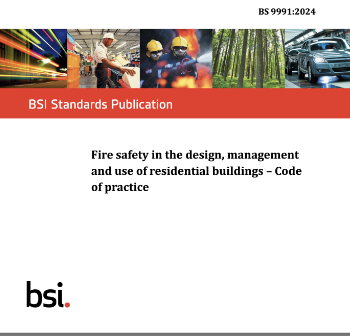
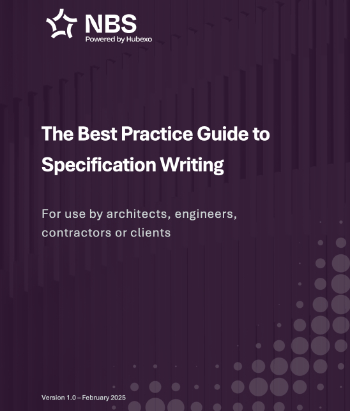
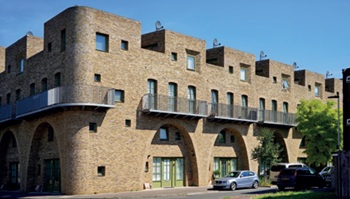



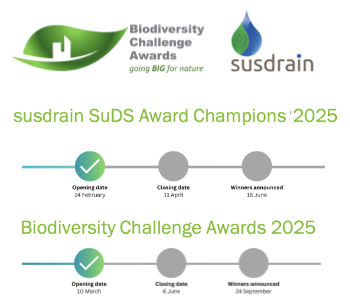




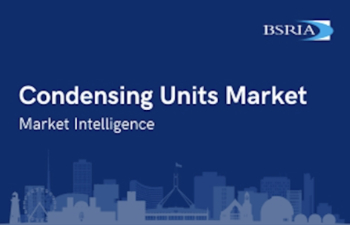
Comments
Cash flow is the movement of income into and expenditure out of a business over time. If there is more money going out than in, this is negative cash flow.
Possible cash flow problems may be:
To minimise the risks of future cash flow problems, the firm could establish a financial system that includes: